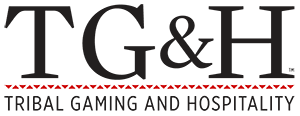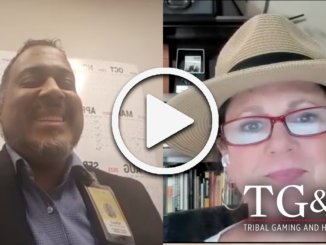In a recent episode of TG&H on Air, Christine Faria sat down with Raving Partners Jeff and Mason Gray to explore how tribal organizations are transforming operations and increasing economic opportunity through enterprise-wide business optimization. Their work, rooted in Lean Six Sigma principles, is not just about cutting costs — it’s about maximizing value across the board.
Key takeaways from the conversation:
- Operational efficiency drives guest experience
Simple changes, such as strategically placing tools for maintenance staff or supplies for housekeeping, can drastically reduce downtime. In hotel operations, reducing room turnaround time means guests are back on the floor, dining, or visiting the spa faster, which directly boosts revenue. - Communication is critical
Optimizing how teams, such as valet, security, and front-line staff, communicate has ripple effects across the entire enterprise. Streamlined communication helps reduce errors, delays, and confusion, improving both employee satisfaction and customer experience. - Optimization fuels diversification
When tribal enterprises improve efficiency and retain more revenue, they can reinvest in broader economic initiatives. Jeff shared examples of tribes funding housing, manufacturing, and even partnerships, such as hosting Amazon distribution centers, all of which are funded by retained capital through improved operations. - Planning and forecasting become more reliable
Lean processes help organizations better understand and control time, workforce, and money. This allows for smarter decision-making, better forecasting, and faster execution of projects. - Metrics matter and must be tailored
Each project is measured against key goals such as revenue retention, risk mitigation, market expansion, and workforce development. These aren’t one-size-fits-all metrics — they evolve as each tribe’s goals and challenges are assessed. - It’s not just about saving money — it’s about making it
Unlike many consulting approaches, Lean Six Sigma often leads to both cost savings and increased revenue. Shorter project timelines, reduced workforce turnover, and more efficient capital allocation all contribute to this dual benefit. - Workforce investment yields big returns
One standout example: a tribe with a 60% annual turnover reduced that to 3% after implementing Lean processes. That translated into over a million dollars saved and a more stable, engaged workforce.
As Jeff Gray put it, “Once you’re able to do more with what you have, you can now expand into other opportunities within your region.” Business optimization, when done right, becomes a launchpad for long-term sovereignty and sustainability.
Want the full story?
Watch the full interview on TG&H on Air to catch all the insights and examples shared by Jeff and Mason Gray. Check out the link in this article to learn more about Raving’s Business Optimization Program.



